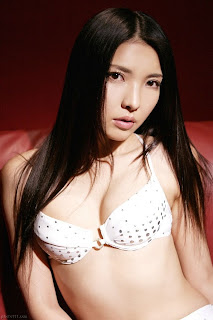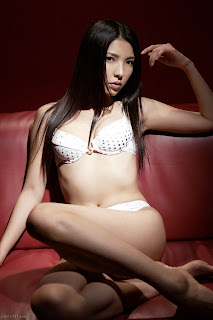 Most lighting techniques can be learned simply through observation. Anybody can take great photographs if they spend some time before working out the lighting. It is often times the main element that differentiates an interesting photograph and an amateur picture.
Most lighting techniques can be learned simply through observation. Anybody can take great photographs if they spend some time before working out the lighting. It is often times the main element that differentiates an interesting photograph and an amateur picture.Especially if you are headed somewhere with different sights and nature, your photographs may be an inspiration to others who have never been there. - Learn about the types of lighting and its effects. Start by familiarizing yourself with the dramatic effects of the morning light, late afternoon and the dazzling romantic evening light. Avoid mid-day light as it tends to be too bright and results in overexposed pictures.
- When taking a close up of an object such as a flower, avoid placing the object on the center of the frame. This important tool is essential to both amateurs and professionals alike. It is used to help you capture objects at a perfect distance; the right shot at the right time.
 - Take lots of photographs of the same object. Experiment with exposure settings and angles. - Practice is the key to taking good photographs. Take a closer look on the details of each photograph, as well as the photograph as a whole. Take part in amateur programs or exhibitions. Anybody can shoot great, professional looking photo's with a good understanding of lighting. Majority of striking photos depend on manipulating the lighting on your subjects. Because photos are a two dimensional medium, people tend to notice pictures that have a three dimensional feel to them.
- Take lots of photographs of the same object. Experiment with exposure settings and angles. - Practice is the key to taking good photographs. Take a closer look on the details of each photograph, as well as the photograph as a whole. Take part in amateur programs or exhibitions. Anybody can shoot great, professional looking photo's with a good understanding of lighting. Majority of striking photos depend on manipulating the lighting on your subjects. Because photos are a two dimensional medium, people tend to notice pictures that have a three dimensional feel to them.  - Easiest days to shoot photos are on cloudy or even foggy days where the light is filtered through and soft, creating a nice even light without being too harsh.
- Easiest days to shoot photos are on cloudy or even foggy days where the light is filtered through and soft, creating a nice even light without being too harsh.- Aim for "Golden Hour" sunlight. The sunlight during this time is soft, angled to provide 3 dimensional lighting, and has a special golden color that makes photos look great.
 Tips for Indoor/Artificial Lighting, Professional photographers rarely place their light source directly facing the front of their subjects. They usually use what is called a 3 point lighting set-up. Two lights are shining at the subject from the side (one "main" light shining at 2/3 from the side of the subject's face, the second "fill" light is a softer light that fills in any harsh shadow on the last 1/3 of the subject's face). One light from the back to give the subject backlighting to separate them from the background.
Tips for Indoor/Artificial Lighting, Professional photographers rarely place their light source directly facing the front of their subjects. They usually use what is called a 3 point lighting set-up. Two lights are shining at the subject from the side (one "main" light shining at 2/3 from the side of the subject's face, the second "fill" light is a softer light that fills in any harsh shadow on the last 1/3 of the subject's face). One light from the back to give the subject backlighting to separate them from the background.You manipulate lighting set up mostly either:
1) Increase the distance from the light source and your subject to make the light softer (decrease distance if you want your light to be brighter)
2) Placing opaque filter (a sheet of wax paper or something similar) in front of the light source. This softens and diffuses any harsh light.








